Fix NO EXCEPTION HANDLING SUPPORT [0x0000000B]
7 min. read
Updated on
Read our disclosure page to find out how can you help Windows Report sustain the editorial team. Read more
Key notes
- The NO_EXCEPTION_HANDLING_SUPPORT BSoD error is usually caused by a broken hard drive or problematic apps.
- Consequently, eliminating the app or checking the hard drive are important steps.
- There are a few troubleshooters that you can use to fix stop code 0x00000B.
- Windows has one, for instance, but you can also find excellent third-party tools.

Blue Screens of Death errors are probably one of the most serious errors that you can encounter on Windows 10.
These errors can create many problems, so today we’re going to show you how to fix NO_EXCEPTION_HANDLING_SUPPORT error.
How do I fix NO_EXCEPTION_HANDLING_SUPPORT BSoD error?
- >Use a third-party BSoD tool
- Install the latest Windows 10 updates
- Install the latest drivers
- Run the BSOD Troubleshooter
- Run the SFC scan
- Run DISM
- Check the hard drive
- Remove the problematic applications
- Remove overclock settings
- Update your BIOS
- Check for faulty hardware
1. Use a third-party BSoD tool
Since you’re unsure of the probable cause for this stop error, you might as well log into Safe Mode and download a BSoD troubleshooter.
It will quickly detect the problem and fix it, saving you a lot of time and trouble.
2. Install the latest Windows 10 updates
Hardware or software issues can cause Blue Screen of Death errors to appear, therefore it’s important to fix these issues as soon as possible.
To fix both hardware and software issues, it’s recommended to use Windows Update and download the latest patches for Windows 10.
Microsoft is constantly improving Windows 10 by releasing new patches frequently.
Many of these patches bring bug fixes related to both hardware and software, but there are also various security improvements.
If you want to keep your PC stable and safe from errors, we strongly suggest that you download the latest patches frequently.
3. Install the latest drivers
- Press Windows Key + X on your keyboard to open Power User Menu. Select Device Manager from the list.
- When Device Manager opens locate the device that you want to update, right-click it and choose Update Driver Software.
- Select Search automatically for updated driver software and wait for Windows 10 to download the appropriate driver.
- Repeat the same steps for all drivers that you want to update.
As you can see, updating your drivers with Device Manager is pretty straightforward, but bear in mind that Device Manager doesn’t always download the latest drivers.
If you want to have the latest drivers installed, we strongly suggest that you download the necessary drivers manually.
Downloading drivers manually is relatively simple and all that you need to do is to visit your hardware manufacturer’s website and download the latest drivers for your device.
Bear in mind that you might have to update all your drivers in order to fix this problem.
Update drivers automatically
Searching for drivers on your own can be time-consuming. So, we advise you to use a tool that will do this for you automatically.
Using an automatic driver updater will certainly save you from the hassle of searching for drivers manually, and it will always keep your system up to date with the latest drivers.
On that note, we strongly recommend Outbyte Driver Updater. This is an easy-to-use software that will not only scan your device for outdated or missing drivers.
It will also help to find the right one, depending on your device’s brand and specifications. All that with just two clicks.
4. Run the BSOD Troubleshooter
- Open the Settings app.
- Head over to Update & Security section.
- Select Troubleshoot from the menu on the left.
- Select BSOD from the right pane and click Run the troubleshooter.
- Follow further instructions to complete the troubleshooting process.
5. Run the SFC scan
- Go to Search, type cmd, and open the Command Prompt as Administrator.
- Enter the following line and press Enter: sfc/scannow
- Wait for the scan to complete (it will take a while)
- The tool will automatically resolve the problem, if possible.
- Now, close the Command Prompt and restart your computer.
6. Run DISM
- The standard way
- Right-click Start and open Command Prompt (Admin).
- Paste the following command and press Enter:
- Wait until the scan is finished.
- Restart your computer and try updating again.
- With the Windows installation media
- Insert your Windows installation media.
- Right-click the Start menu and, from the menu, choose the Command Prompt (Admin).
- In the command line, type the following commands and press Enter after each:
dism /online /cleanup-image /scanhealthdism /online /cleanup-image /restorehealth
- Now, type the following command and press Enter:
DISM /Online /Cleanup-Image /RestoreHealth /source:WIM:X:SourcesInstall.wim:1 /LimitAccess
- Make sure to change an X value with the letter of the mounted drive with Windows 10 installation.
- After the procedure is finished, restart your computer.
7. Check the hard drive
- Enter the Advanced Startup (Restart your computer while holding the Shift key).
- Choose Troubleshoot > Advanced Options.
- Select Command Prompt from the list of options.
- When Command Prompt appears, enter the following lines and press Enter after each line in order to run it:
- Some users are also suggesting that you need to run additional chkdsk commands as well. To perform these commands, you need to know drive letters for all your hard drive partitions. In Command Prompt you should enter the following (but remember to use the letters that match your hard drive partitions on your PC):
- Restart your computer and check if the issue is resolved.
8. Remove the problematic applications
Third-party applications can cause NO_EXCEPTION_HANDLING_SUPPORT and other BSoD errors to appear, therefore if you installed or updated any applications recently we urge you to remove them.
One common cause of BSoD errors can be your antivirus software or firewall. According to users, almost any antivirus can cause this error to appear, and in order to fix this problem, we strongly suggest that you remove all third-party antivirus programs from your PC.
In addition to uninstalling the antivirus, it’s also recommended that you use a dedicated removal tool to remove all files and registry entries associated with your antivirus.
Most antivirus companies have dedicated removal tools available for download, so be sure to download one for your antivirus program.
9. Remove overclock settings
By overclocking your PC, you’ll get improved performance but bear in mind that overclocking can cause certain issues.
If your overclock isn’t stable, your PC will crash and give you the NO_EXCEPTION_HANDLING_SUPPORT error.
To fix this error, we strongly suggest that you remove all overclock settings and check if your PC works well without them.
10. Update your BIOS
Sometimes certain hardware isn’t fully compatible with your motherboard, and that can cause the Blue Screen of Death error to appear.
To fix this issue, and to unlock new features of your motherboard maybe you should update your BIOS.
Updating BIOS is somewhat an advanced procedure, therefore we advise you to be extra cautious if you want to avoid causing permanent damage.
To see how to properly update your BIOS, we suggest that you check your motherboard manual for detailed instructions.
11. Check for faulty hardware
NO_EXCEPTION_HANDLING_SUPPORT and other Blue Screen of Death errors can be caused by faulty hardware, therefore we suggest that you check if your hardware is working properly.
Users reported that issues with RAM and motherboard can cause this error to appear, therefore be sure to check those components first.
Few users reported that they managed to fix this issue on their HP laptop by removing the wireless mouse, so you might want to try that as well.
NO_EXCEPTION_HANDLING_SUPPORT BSoD error is usually caused by your hardware, but before you check your hardware, we advise you to try all other solutions from this article.







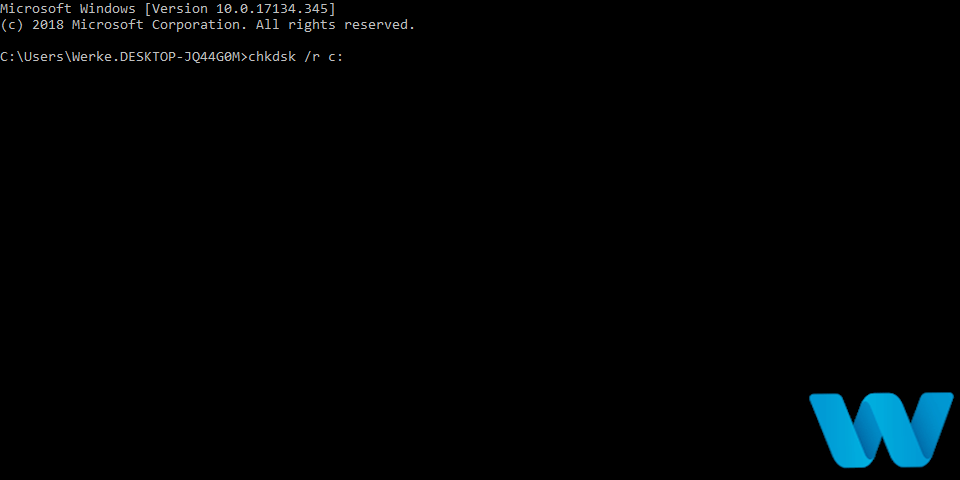
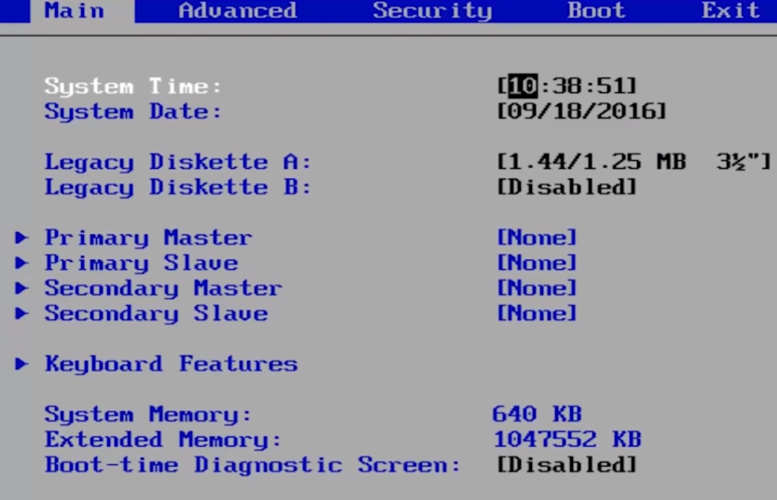




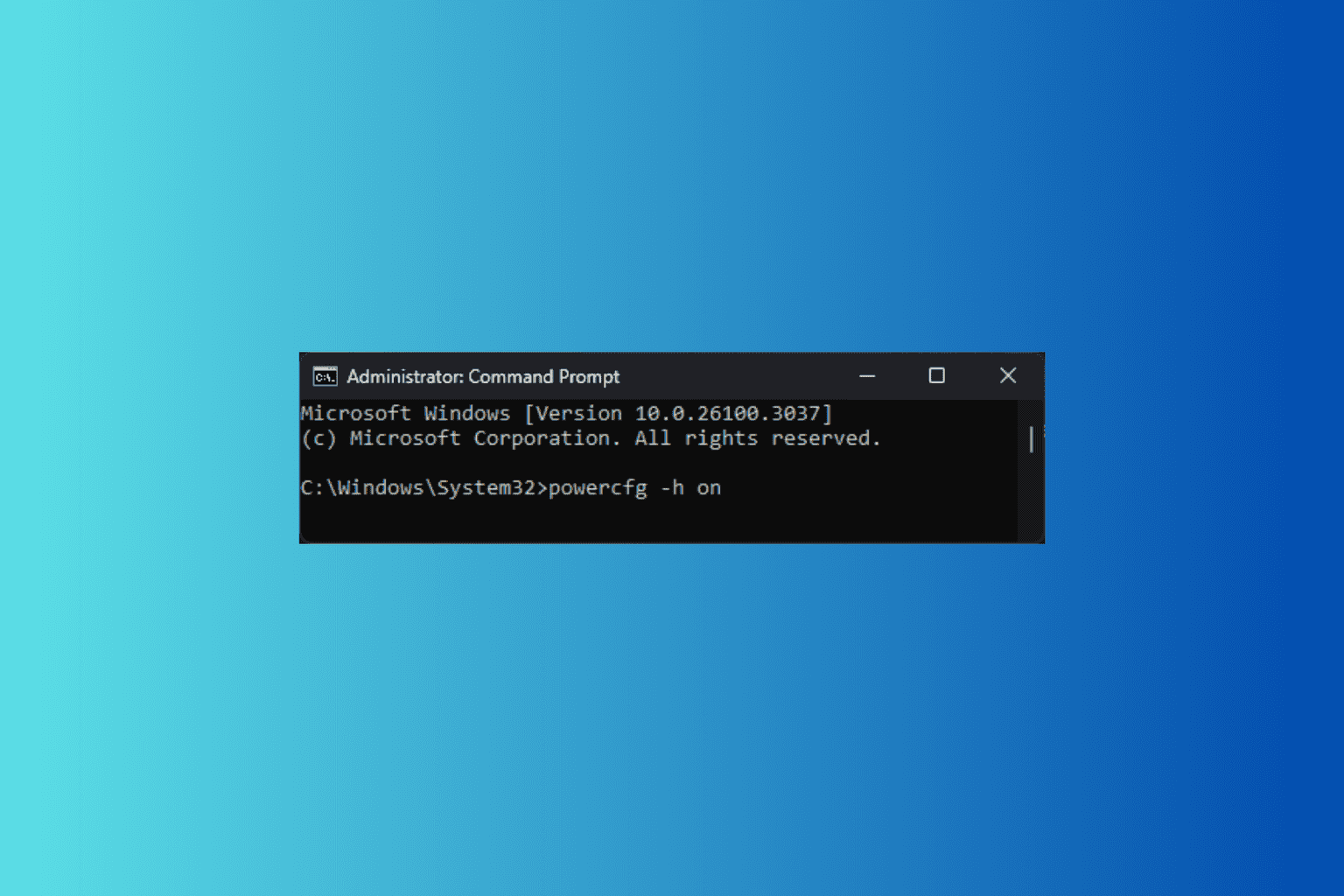
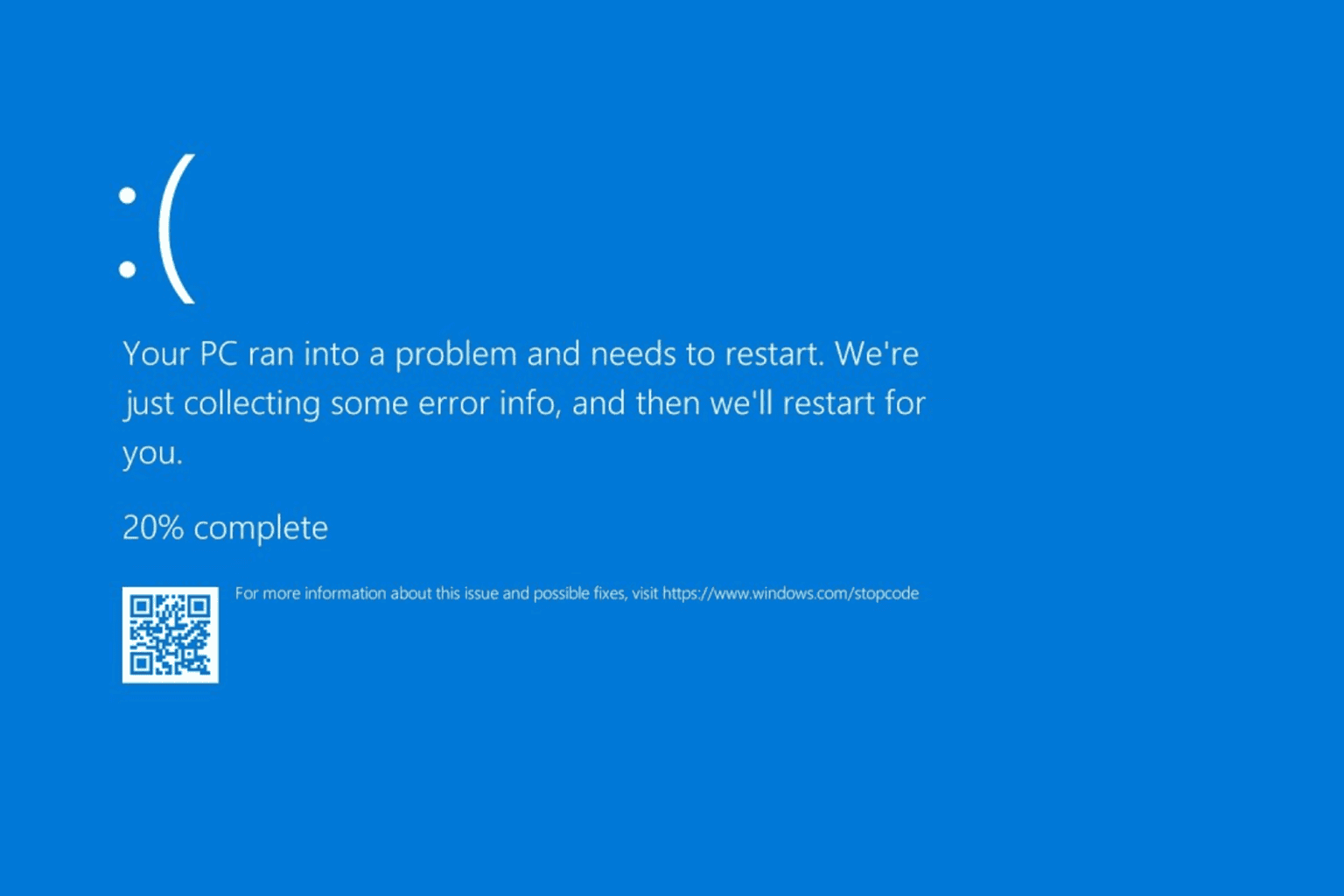
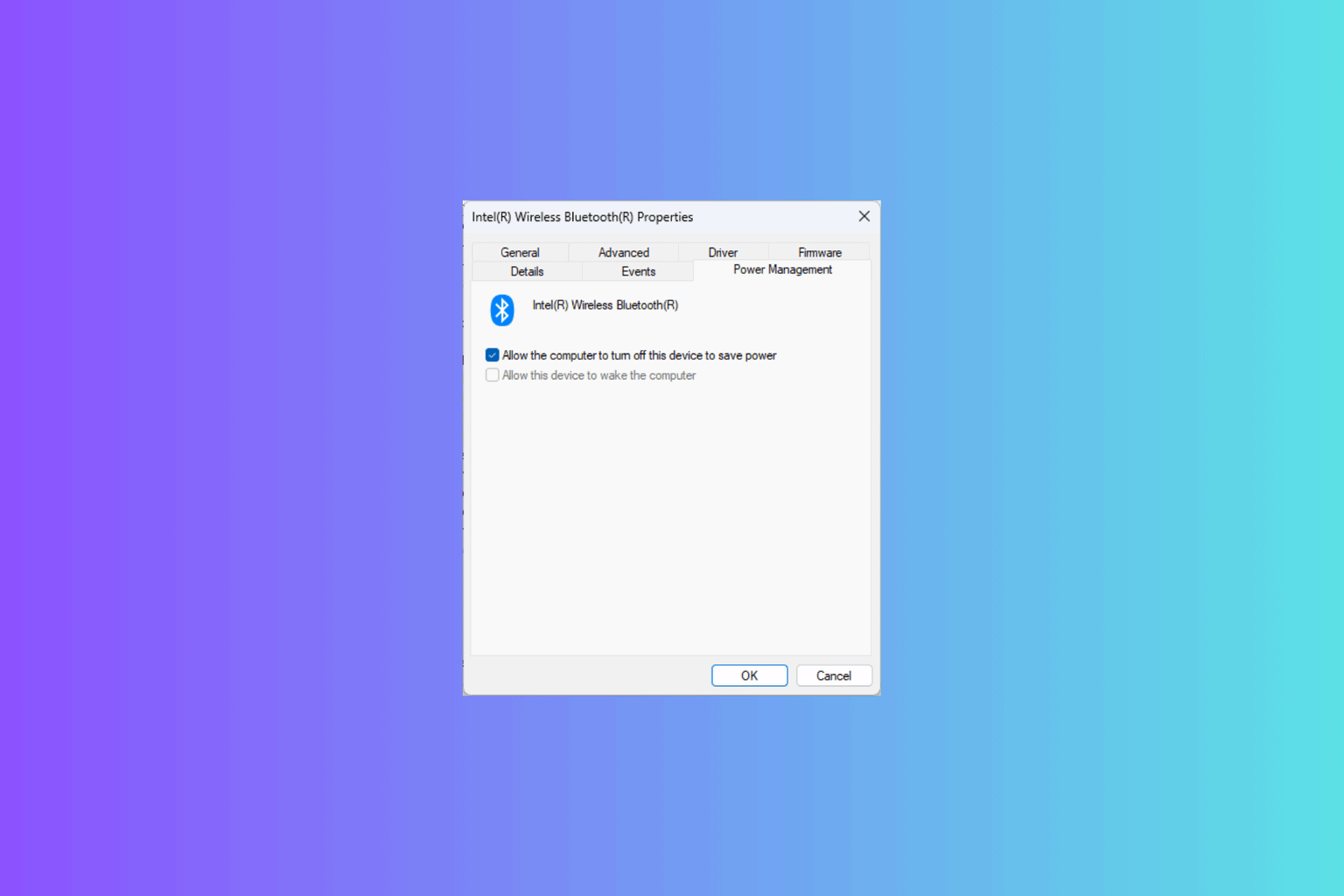

User forum
0 messages